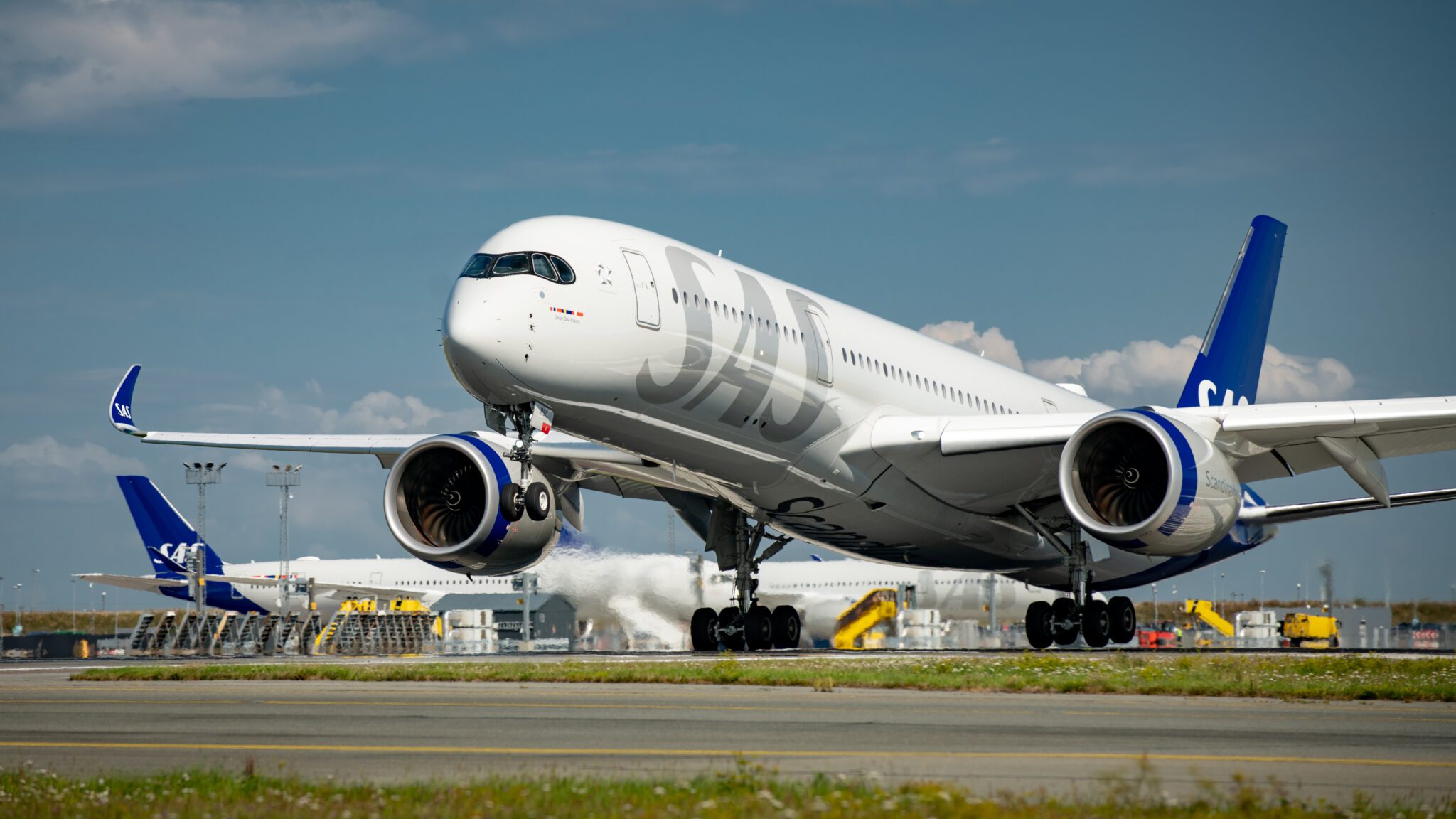SAS Scandinavian Airlines Quits Star Alliance: 6 Key Questions Answered

Skift Take
Late last year, SAS said it would leave the Star Alliance group of airlines - but it didn’t say exactly when or how.
Things are now much clearer. Yesterday it was confirmed that August 31 will be the Scandinavian carrier’s last day in the club. The announcement marks the first time one of the organization’s five founding members has left the alliance since it was established in 1997.
With a potential knock-on impact for United and Delta passengers traveling to Europe and beyond, we answer some of the big questions:
Why is SAS Leaving the Star Alliance?
Given that SAS is the flag carrier for Denmark, Norway, and Sweden, you’d be forgiven for thinking it was a near-certain moneymaker. Au contraire. Despite serving some of the wealthiest countries in Europe, the airline found itself in deep financial trouble.
This ultimately resulted in a major corporate restructuring that saw Air France-KLM – a cornerstone of rival alliance SkyTeam – snapping up a shareholding in the Scandinavian company.
While the Franco-Dutch firm holds just a 19.9% equity stake (at least for now), the mood music has shifted considerably. Along with organizational changes, the airline is defecting from the Star Alliance to better align with its new partners.
Speaking to Skift last year, Air France-KLM CEO Ben Smith described the SAS deal as “a low-risk way of participating in consolidation.”
Why Was SAS Restructured?
SAS has been in financial trouble for some time. In July 2022, it started a court-supervised process in the United States by voluntarily filing for Chapter 11. This is a legal pathway conducted under the supervision of the U.S. federal courts. It has been used by many big airlines over the years to reduce costs and undertake major financial restructuring.
Speaking to Skift last year, SAS CEO Anko Van der Werff described the “many reasons why we ended up in Chapter 11.”
Will SAS Join a New Alliance?
Yes, SAS will remain in Star Alliance until August 31, but it's all change from September 1. From this date, SAS says customers will start enjoying benefits “with most SkyTeam airlines.”
There are 19 carriers in SkyTeam which serve more than 1,060 global destinations. Alongside Air France-KLM, major operators include Delta Air Lines, Korean Airlines, Virgin Atlantic, Saudia, and China Eastern. This means that frequent fliers with these airlines will have new opportunities to earn and redeem loyalty points. For a full list of members check out this SkyTeam Skift explainer.
Will the SAS Program Transfer Across?
Yes. SAS describes its aim as creating “a smooth transition.” All current benefits of Star Alliance, including ‘earning and burning’ of points will remain until August 31.
From the start of September, members of SAS’ existing EuroBonus loyalty program will receive benefits “similar to those offered today with Star Alliance airlines.” The airline says it is in advanced negotiations with SkyTeam and its member airlines to bolster commercial partnerships. It has also confirmed that the EuroBonus brand will be retained.
What About Other Loyalty Programs?
It’s also business as usual until the end of August. However, after this date, members of Star Alliance programs such as United’s MileagePlus will not receive the same SAS perks.
For its part, Star Alliance advises frequent fliers to consult individual airline programs directly with specific questions related to mileage accrual and redemption beyond September 1.
Is This Game Over for Star Alliance in Scandinavia?
There’s no doubt that this is a huge blow to the alliance’s footprint in northern Europe. However, Scandinavia won’t become a Star Alliance black hole from September 1.
As the world’s biggest airline group, Star has 17 other members offering direct flights to the region. This includes major players such as Air Canada, Air India, Lufthansa, and Turkish Airlines.
In a slightly cryptic statement, the organization also teased possible expansion to compensate for the loss of SAS, noting that members “may bring additional service to Scandinavia” in the future. For a full list of members check out this Star Alliance Skift explainer.





